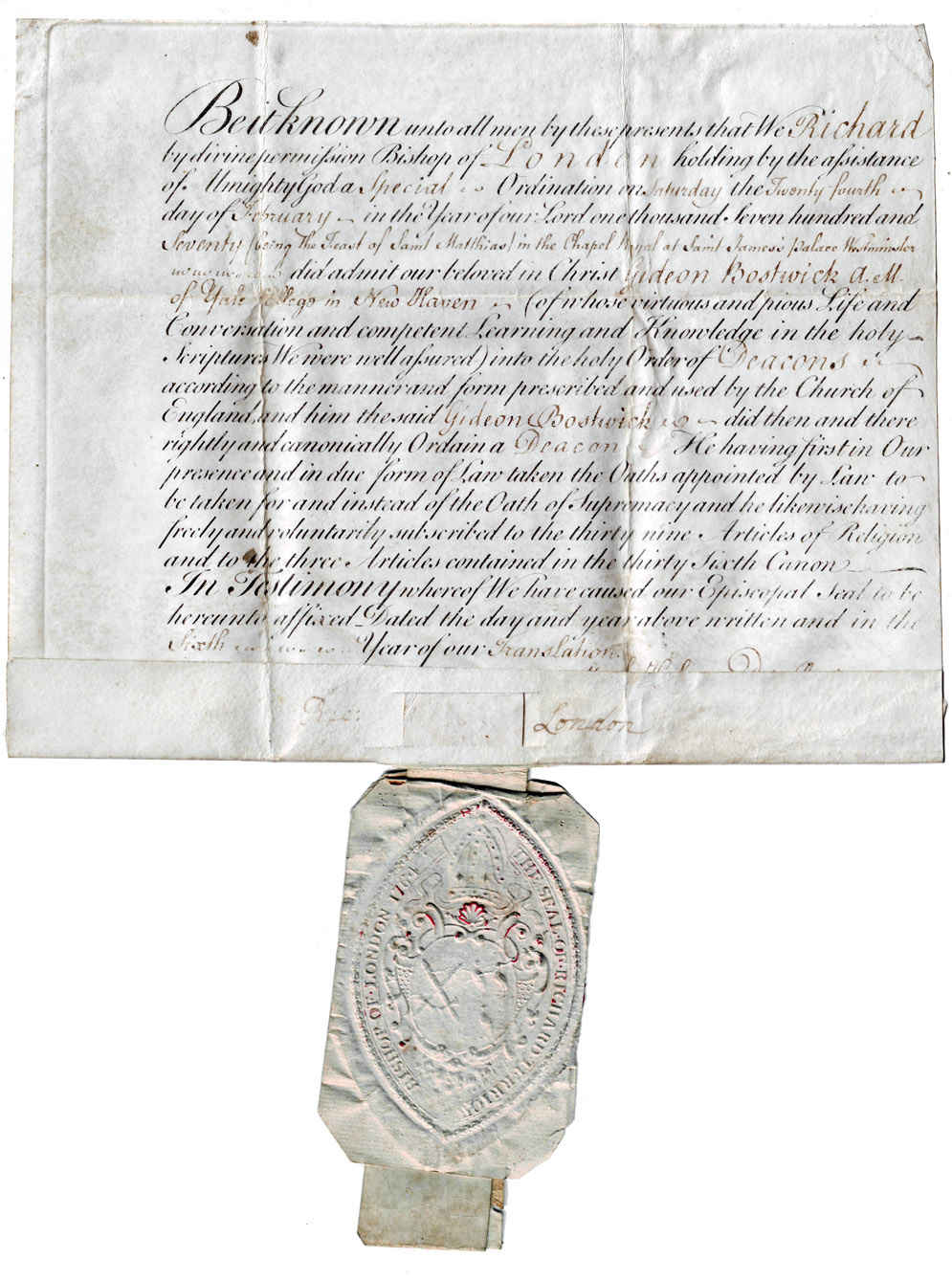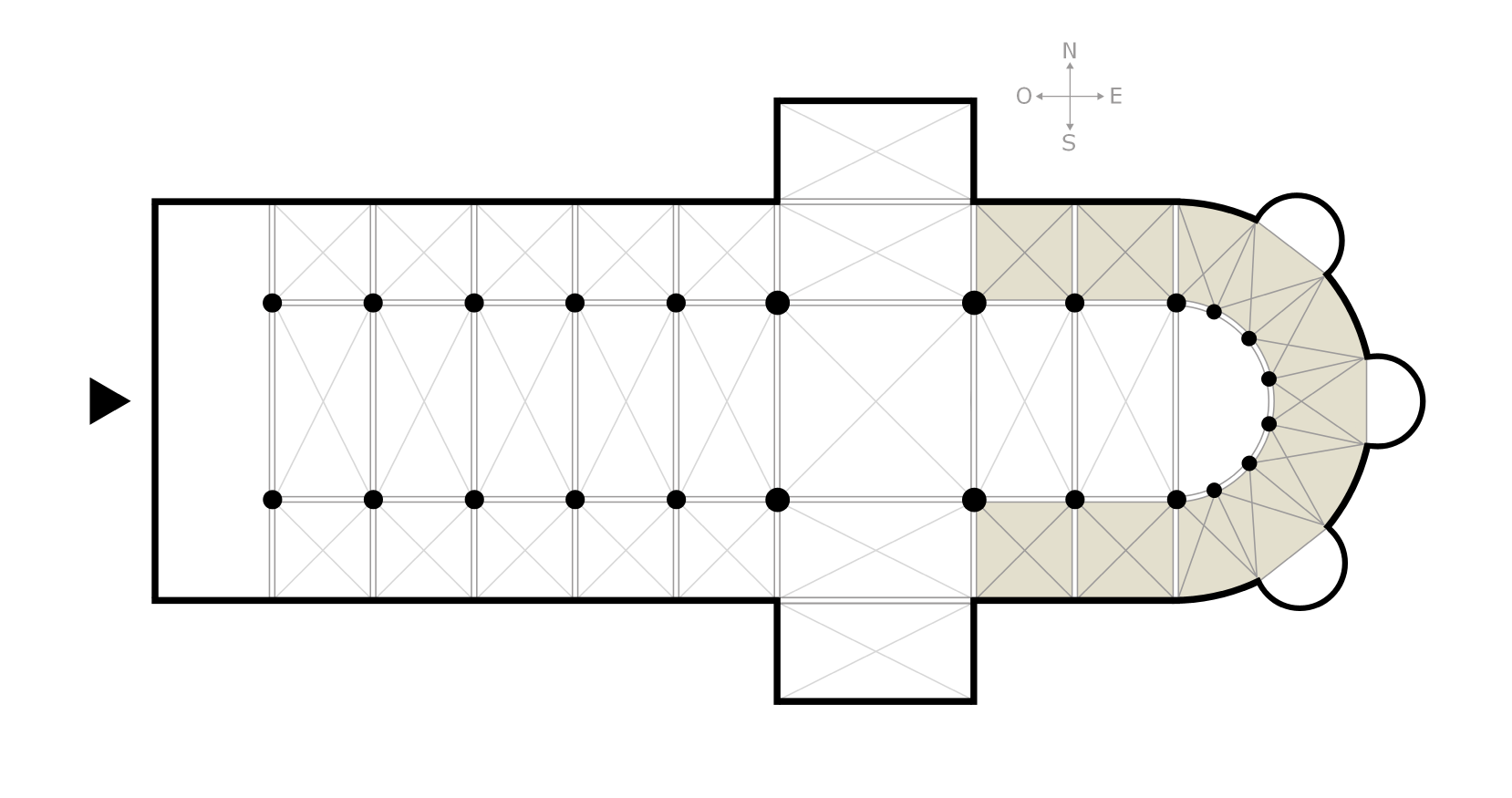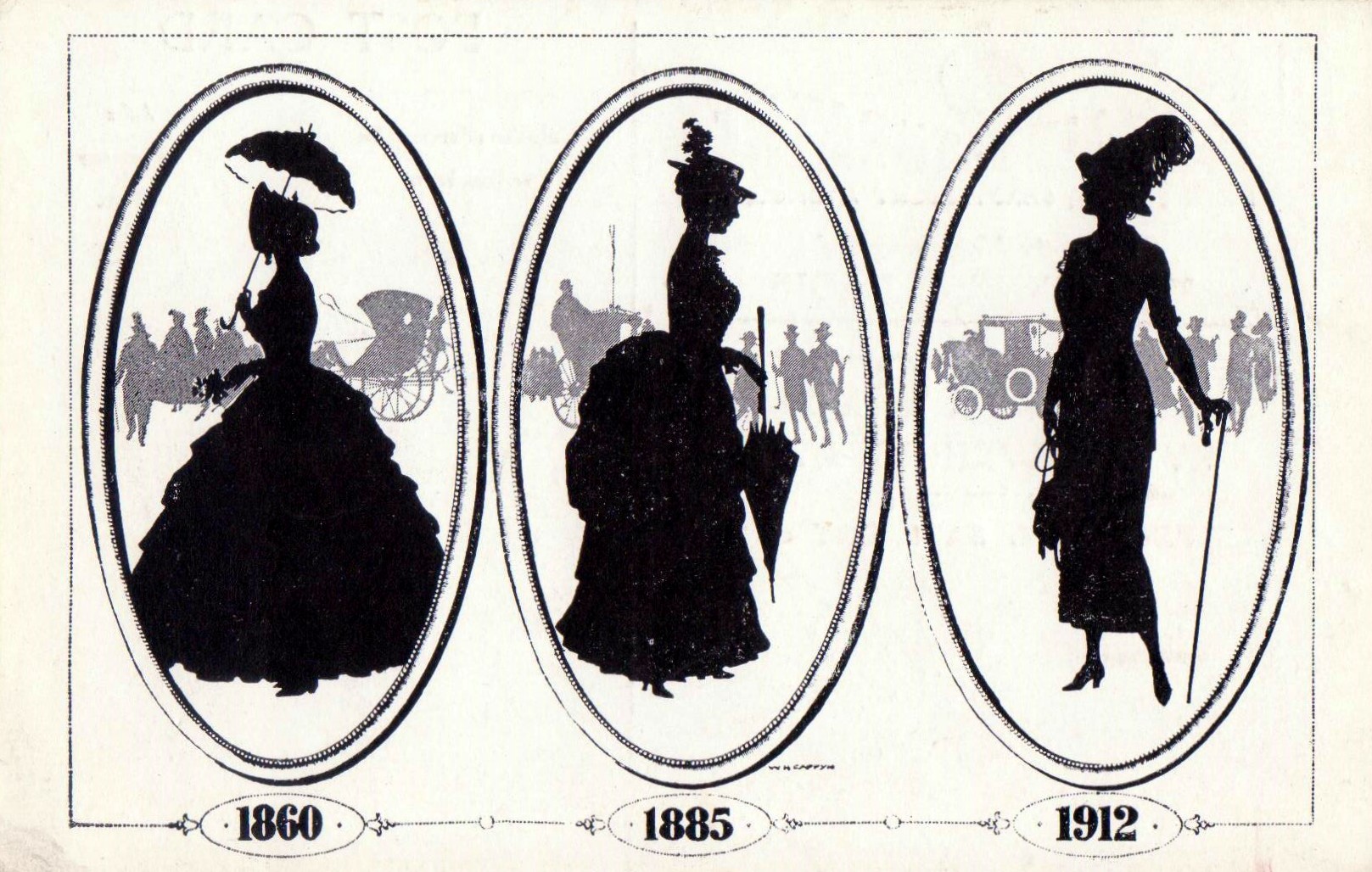|
John Jackson (bishop)
John Jackson (22 February 1811 – 5 January 1885) was a British divine and a Church of England bishop for 32 years. Early life Jackson was born in 1811, the son of Henry Jackson, a London merchant, and his wife Lucy. He was educated at Reading School under Richard Valpy, and at Pembroke College, Oxford. Career In 1835 Jackson was ordained deacon and began pastoral work as a curate at Henley-on-Thames. This he left in 1836 to become head-master of the Islington proprietary school. Settled in North London, Jackson rapidly won a position as a preacher. As evening lecturer at Stoke Newington parish church, he delivered the sermons on ‘The Sinfulness of Little Sins,’ the most successful of his published works. In 1842 he was appointed first incumbent of St James' Church, Muswell Hill, while retaining his educational post. In 1845 his university made him one of its select preachers, an honour repeated several times. He was Rector of St James's Church, Piccadilly 1846–1853. ... [...More Info...] [...Related Items...] OR: [Wikipedia] [Google] [Baidu] |
Bishop Of London
The bishop of London is the Ordinary (church officer), ordinary of the Church of England's Diocese of London in the Province of Canterbury. By custom the Bishop is also Dean of the Chapel Royal since 1723. The diocese covers of 17 boroughs of Greater London north of the Thames, River Thames (historically the City of London and the County of Middlesex) and a small part of the County of Surrey (the district of Borough of Spelthorne, Spelthorne, historically part of Middlesex). The Episcopal see, see is in the City of London, where the seat is St Paul's Cathedral, which was founded as a cathedral in 604 and was rebuilt from 1675 following the Great Fire of London (1666). Third in seniority in the Church of England after the archbishops of Archbishop of Canterbury, Canterbury and Archbishop of York, York, the bishop is one of five senior bishops who sit as of right as one of the 26 Lords Spiritual in the House of Lords (for the remaining diocesan bishops of lesser rank, seats are ... [...More Info...] [...Related Items...] OR: [Wikipedia] [Google] [Baidu] |
John Bird Sumner
John Bird Sumner (25 February 1780 – 6 September 1862) was a bishop in the Church of England and Archbishop of Canterbury. Early life John Bird Sumner was born in Kenilworth, Warwickshire, on 25 February 1780. He was the eldest son of the Rev. Robert Sumner, Vicar of Kenilworth, and his wife Hannah Bird, a first cousin of William Wilberforce. His brother Charles Richard Sumner was Bishop of Winchester. Sumner was educated at Eton College and King's College, Cambridge. Career In 1802, Sumner became an assistant master at his alma mater, Eton College, where he was nicknamed "Crumpety Sumner" by the boys. He was ordained in 1803. He was elected a Fellow of Eton in 1817 and in 1818 the school presented him to the living of Mapledurham, Oxfordshire. In 1819, he was chosen as a prebendary of the Durham diocese where he served until 1828, when he was consecrated to the episcopate as the Bishop of Chester. He was consecrated on 14 September 1828, by Edward Venables-Vernon-Harcourt, ... [...More Info...] [...Related Items...] OR: [Wikipedia] [Google] [Baidu] |
Ambulatory
The ambulatory ( 'walking place') is the covered passage around a cloister or the processional way around the east end of a cathedral or large church and behind the high altar. The first ambulatory was in France in the 11th century but by the 13th century ambulatories had been introduced in England and many English cathedrals were extended to provide an ambulatory. The same feature is often found in Indian architecture and Buddhist architecture generally, especially in older periods. Ritual circumambulation or parikrama around a stupa or cult image is important in Buddhism and Hinduism. Often the whole building was circumambulated, often many times. The Buddhist chaitya hall always allowed a path for this, and the Durga temple, Aihole (7th or 8th century) is a famous Hindu example. The term is also used to describe a garden feature in the grounds of a country house. A typical example is the one shown, which stands in the grounds of Horton Court in Gloucestershire, England. File:A ... [...More Info...] [...Related Items...] OR: [Wikipedia] [Google] [Baidu] |
Saint Paul's Cathedral
St Paul's Cathedral, formally the Cathedral Church of St Paul the Apostle, is an Anglican cathedral in London, England, the seat of the Bishop of London. The cathedral serves as the mother church of the Diocese of London in the Church of England. It is on Ludgate Hill at the highest point of the City of London. Its dedication in honour of Paul the Apostle dates back to the original church on this site, founded in AD 604. The high-domed present structure, which was completed in 1710, is a Grade I listed building that was designed in the English Baroque style by Sir Christopher Wren. The cathedral's reconstruction was part of a major rebuilding programme initiated in the aftermath of the Great Fire of London. The earlier Gothic cathedral ( Old St Paul's Cathedral), largely destroyed in the Great Fire, was a central focus for medieval and early modern London, including Paul's walk and St Paul's Churchyard, being the site of St Paul's Cross. The cathedral is one of the mos ... [...More Info...] [...Related Items...] OR: [Wikipedia] [Google] [Baidu] |
Thomas Woolner
Thomas Woolner (17 December 1825 – 7 October 1892) was an English sculptor and poet who was one of the founder-members of the Pre-Raphaelite Brotherhood. He was the only sculptor among the original members. After participating in the foundation of the PRB, Woolner emigrated for a period to Australia. He returned to Britain to have a successful career as a sculptor, creating many important public works as well as memorials, tomb sculptures and narrative reliefs. He corresponded with many notable men of the day and also had some success as a poet and as an art dealer. One of his notable portrait medallions is that of the poet William Wordsworth in St Oswald's Church, Grasmere; Wordsworth is buried in the adjoining graveyard. Art career Born in Hadleigh, Suffolk, Woolner trained with the sculptor William Behnes, exhibiting work at the Royal Academy from 1843. He became friendly with Dante Gabriel Rossetti and was invited by him to join the Pre-Raphaelite Brotherhood. Woolne ... [...More Info...] [...Related Items...] OR: [Wikipedia] [Google] [Baidu] |
Alexander Mackonochie
Alexander Heriot Mackonochie (11 August 1825 – 15 December 1887) was a Church of England mission priest known as "the martyr of St Alban's" on account of his prosecution and forced resignation for ritualist practices. Early life Mackonochie was born at Fareham, Hampshire, the third son of George Mackonochie (1775/6–1827), a retired colonel in the service of the East India Company, and his wife, Isabella Alison. Through his mother he had a traditional Low Church upbringing and his family were opponents of the early Catholic Revival. Mackonochie was educated at private schools in Bath and Exeter. Early on he felt a call to the Ministry of the Church and gained the nickname "the boy-bishop" among his contemporaries. He attended lectures at Edinburgh University before matriculating at Wadham College, Oxford in 1844. He graduated BA in 1848 and MA in 1851. Oxford was the centre of the two-decades-old Oxford Movement, the leading force in English Anglo-Catholicism. There a ... [...More Info...] [...Related Items...] OR: [Wikipedia] [Google] [Baidu] |
Ritualism In The Church Of England
Ritualism, in the history of Christianity, refers to an emphasis on the rituals and liturgical ceremonies of the Church, specifically the Christian practice of Holy Communion. In the Church of England, Anglican church in the 19th century, the role of ritual became a contentious matter. The debate over this topic was also associated with struggles between the High Church and Low Church movements. Definition In Anglicanism, the term ''ritualist'' is often used to describe the revival of the second generation Oxford Movement/Anglo-Catholicism, Anglo-Catholic/High Church, which sought to reintroduce a range of Catholicism, Roman Catholic Liturgy, liturgical practices to the Church of England. Ritualism is also seen as a controversial term (i.e., rejected by some of those to whom ritualism is applied). Common arguments Arguments about ritualism in the Church of England were often shaped by opposing (and often unannounced) attitudes towards the concept of and the nature of the autho ... [...More Info...] [...Related Items...] OR: [Wikipedia] [Google] [Baidu] |
Antitheatricality
Antitheatricality is any form of opposition or hostility to theater. Such opposition is as old as theater itself, suggesting a deep-seated ambivalence in human nature about the dramatic arts. Jonas Barish's 1981 book, ''The Antitheatrical Prejudice'', was, according to one of his Berkeley colleagues, immediately recognized as having given intellectual and historical definition to a phenomenon which up to that point had been only dimly observed and understood. The book earned the American Theater Association's Barnard Hewitt Award for outstanding research in theater history. Barish and some more recent commentators treat the anti-theatrical, not as an enemy to be overcome, but rather as an inevitable and valuable part of the theatrical dynamic. Antitheatrical views have been based on philosophy, religion, morality, psychology, aesthetics and on simple prejudice. Opinions have focussed variously on the art form, the artistic content, the players, the lifestyle of theater people, and ... [...More Info...] [...Related Items...] OR: [Wikipedia] [Google] [Baidu] |
Stewart Headlam
Stewart Duckworth Headlam (12 January 1847 – 18 November 1924) was an English Anglican priest who was involved in frequent controversy in the final decades of the nineteenth century. Headlam was a pioneer and publicist of Christian socialism, on which he wrote a pamphlet for the Fabian Society, and a supporter of Georgism. He is noted for his role as the founder and warden of the Guild of St Matthew and for helping to bail Oscar Wilde from prison at the time of his trials. Early years and education Headlam was born on 12 January 1847 in Wavertree, near Liverpool, the elder son and third of four children of Thomas Duckworth Headlam, underwriter of Liverpool. His parental home was strictly evangelical, though not narrow or severe, but Headlam rejected with horror the doctrine of eternal punishment. From 1860–65 (ages 13–18) Headlam attended Eton College. There he was influenced by a teacher, William Johnson, who was a disciple of the Christian Socialism of F. D. Maurice ... [...More Info...] [...Related Items...] OR: [Wikipedia] [Google] [Baidu] |
Benjamin Disraeli
Benjamin Disraeli, 1st Earl of Beaconsfield (21 December 1804 – 19 April 1881) was a British statesman, Conservative Party (UK), Conservative politician and writer who twice served as Prime Minister of the United Kingdom. He played a central role in the creation of the History of the Conservative Party (UK), modern Conservative Party, defining its policies and its broad outreach. Disraeli is remembered for his influential voice in world affairs, his political battles with the Liberal Party (UK), Liberal Party leader William Ewart Gladstone, and his one-nation conservatism or "Tory democracy". He made the Conservatives the party most identified with the British Empire and military action to expand it, both of which were popular among British voters. He is the only British prime minister to have been British Jews, born Jewish. Disraeli was born in Bloomsbury, at that time a part of Middlesex. His father left Judaism after a dispute at his synagogue; Benjamin became an An ... [...More Info...] [...Related Items...] OR: [Wikipedia] [Google] [Baidu] |
Ernest Holmes (priest)
Ernest Edward Holmes (18 November 1854 – 22 February 1931) was an eminent Anglican priest and author. of the 20th century. Holmes was ordained in 1876. He began his career with a curacy in Rugeley after which he was Chaplain to the Lord Bishop of Cape Town and then the Lord Bishop of Oxford. Following this he was Vicar of Sonning from July 1901 and then Chaplain to Queen Alexandra Alexandra of Denmark (Alexandra Caroline Marie Charlotte Louise Julia; 1 December 1844 – 20 November 1925) was List of British royal consorts, queen-consort of the United Kingdom and the British Dominions, and Empress of India, from 22 Januar .... He was Archdeacon of London from 1911 to 1930. Notes External links * * {{DEFAULTSORT:Holmes, Ernest Edward 1854 births Commanders of the Royal Victorian Order Archdeacons of London 1931 deaths ... [...More Info...] [...Related Items...] OR: [Wikipedia] [Google] [Baidu] |









